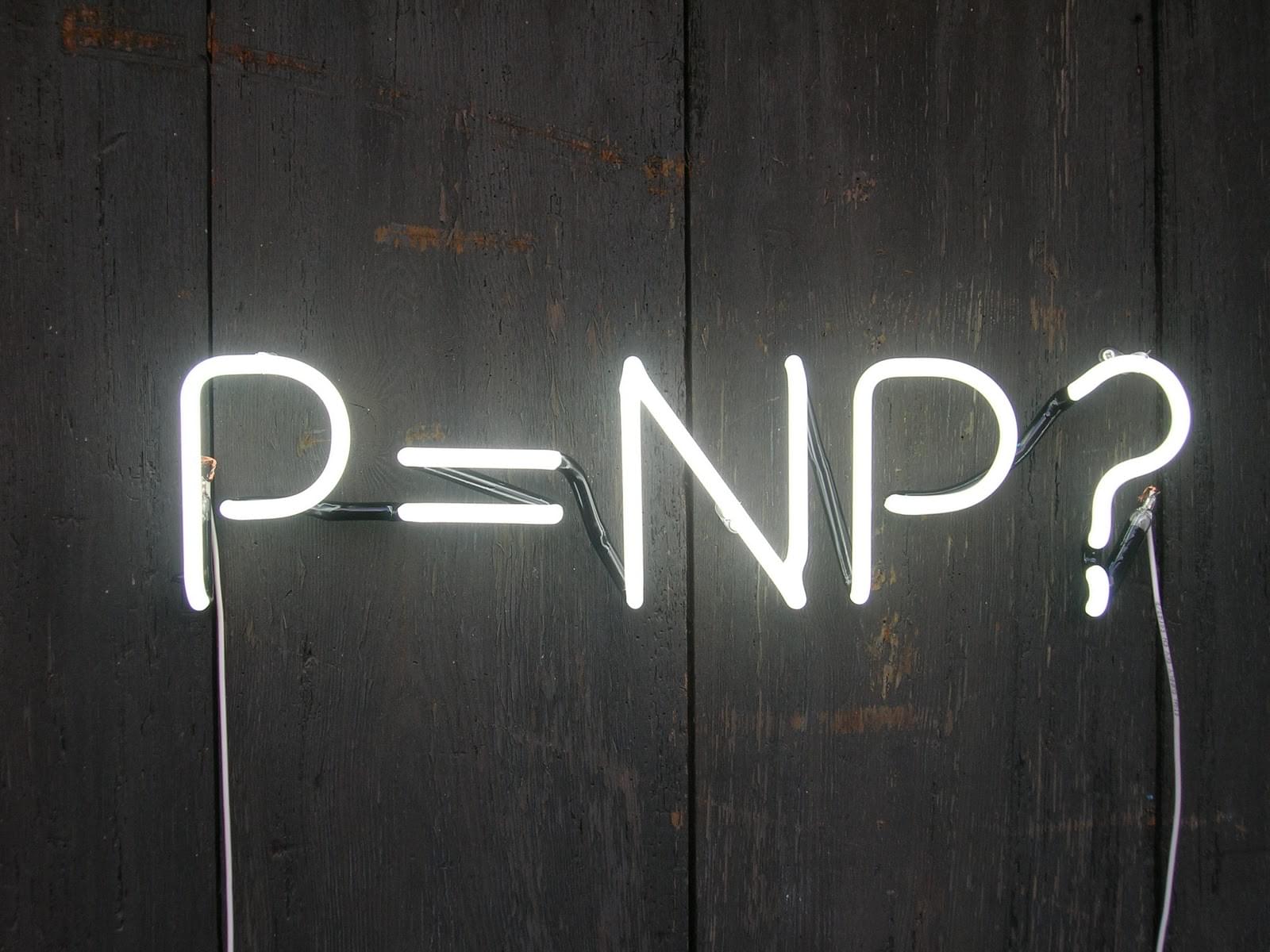算法和计算复杂度 13 Random Access Machine
More precise model
Problem of integer multiplication.
Registers can contain arbitrary integers. Consider repeated squaring to number . After just multiplications, the resulting number is , a doubly exponential large number in . This requires exponential number of bits.
A RAM has an infinite sequence of registers each able to contain an arbitrary non-negative integer.
- Machine is controlled by a program consisting of a list of instructions.
- Registers can be added or subtracted.
- Contents of a register can be stored or retrieved in a second register by means of indirect addressing using a third register.
- Execution can be controlled by conditional jumps in the list of instructions.
The cost for using a register containing the integer is given by a cost function .
- Having gives the unit-cost RAM
- Having gives the logarithmic-cost RAM.
Don’t include multiplication as a basic operation in this model.
The RAM and the Turing machine models of computation can simulate each other with only a logarithmic factor.
The word RAM model refines the integer RAM by bounding the magnitude of the numbers that can be stored in a single register, and having unit cost operations on these.
This is formally done by introducing a parameter , called the word-size, and having each register can store an element of .
The word size will increase with the length of the input , and in particular we have to be able to perform indirectly random access to the entire input.
The basic set of instructions, gives restricted word RAM, consists of addition, subtraction, left and right shifts, and bit-wise AND, OR, NOT.
A common extension is to include integer multiplication as a unit cost operation.
Another extension is exclude integer multiplication but allow all functions computable by circuits of polynomial size in , thus giving the word RAM.
The typical setting of the word size, known as the trans-dichotomous setting, is to have .
Some Algorithms requires a larger word size.
A notable example is the task of sorting integers. When a randomized algorithm using expected time exists.
The best known algorithm that works for all word sizes, uses time.



